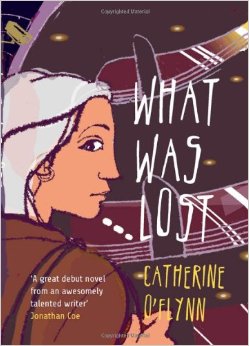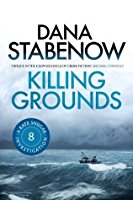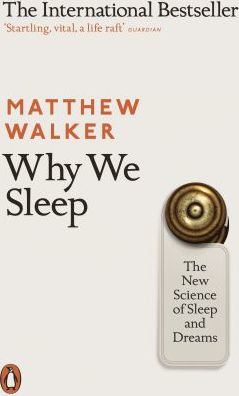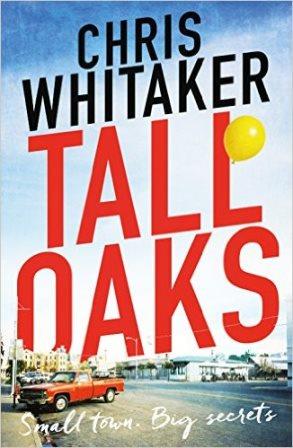
When a publisher chooses to distinguish a book from others by bragging on the front cover about how many awards it has (nearly) won I am always a tad sceptical.
I can’t help but feel that a good book should sell itself, although I acknowledge the commercial realities publishers face. Longlisted for this award and shortlisted for that award, ‘What Was Lost’ did manage to snag the Costa First Novel Award.
The premise
Twenty years after junior detective Kate Meany went missing, she is “seen” at Green Oaks shopping centre by a security guard with a sleep disorder (Kurt). Lisa, who is sleepwalking her way up the corporate ladder in a record shop, also has an encounter related to Kate that leads her and Kurt to develop a friendship centred around loss and longing.
I. Falcon Investigations. Crime was out there. Undetected, unseen. She hoped she wouldn’t be too late.
The novel is told in four separate parts and opens in 1983, twenty years earlier than the main story. This is Kate’s story and I found it without doubt to be the most engaging part of the novel. Having recently lost her father, Kate pours all her energies into Falcon Investigations. Her company has a varied remit as she patiently monitors diamond smugglers, bank burglars and suspicious teenagers. Kate is meticulous and keeps her notepad to hand at all times to help her record important information like: ‘Gherkins/cucumbers – not same thing: research difference.’
I found Kate’s enthusiasm charming and the gap between the way she sees the world and the reality of it led to a great deal of humour. For instance, having carried out an extremely professional service for her local sweet shop, Kate requests a written testimonial to help her attract future customers. She happily anticipates comments that will address the professionalism and effectiveness of her business, and is therefore rather disappointed to receive a note saying “Good girl, Kate! You’re a little treasure!” The humour is an important aspect of the novel as a whole but it is perhaps particularly important in this section. Looked at straight-on, Kate’s life is very lonely and it looks set to get worse: her Nan wants to place her in a boarding school for girls. Can she avoid this fate?
I enjoyed reading this section of the book as I found it gently humorous and rather bittersweet. The reason for Kate’s disappearance is not clear and the section ends with her planning more surveillance so there was a certain amount of tension built up. What happened to Kate? And why?
II. Voices in the static. Kurt had no interest in catching shoplifters. He thought maybe he was in the wrong line of work.
Unlike Kate, Kurt doesn’t enjoy his job. Lisa doesn’t enjoy hers either. They lack purpose and that means that the rest of the novel is rather darker – and duller. O’Flynn uses the shopping mall to explore the meaninglessness of consumerism and the horror of loneliness. While Kurt endures endless, monotone history lessons about the mall from his partner, Gavin, Lisa suffers furious rants from her boss and co-workers at Your Music. Neither character is particularly interesting and the centre of the book is rather ‘flat’. I found it difficult to care about these characters as they seemed simply miserable and stuck in a rut. There is an almost shocking contrast between their weary acceptance of their existence and Kate’s thirst for detection. It seems O’Flynn thinks that modern society allows us to lose our sense of purpose and direction without even seeing it go.
Gradually, as they begin to share personal histories and explore Kate’s history, the novel became interesting again. Both characters have relevant history which allows O’Flynn to begin weaving the threads of the story together again. I liked the way everything was related and the way the two main characters gradually began to come to life.
A rather odd feature of the novel is the use of vignettes in italics to demonstrate the general impotence of the population who throng the mall. They vary from teenagers who hate their supposed mates to husbands who hate being dragged through the mall by their wives to secret shoppers who hate just about everyone. The common features were hate and loneliness and I found these little insights rather depressing. These are clearly random voices and as such felt extremely artificial. I would say that they distracted me from the story, except that the narrative thread was rather loose through most of this section! Clearly O’Flynn has something to say about modern life and consumer culture, but I’d rather read an integrated story than a collection of hate letters from anonymous speakers. I didn’t find these vignettes interesting and if I read the book again I’d probably skip them.
Staying in the City / The Lookout
There are two final, very short sections which reveal what happened to Kate. I liked that there was a conclusion and it seemed a fitting one. Everything is neatly tied up in a convincing way. I thought O’Flynn handled this well without stretching credulity.
The final mood was cautiously optimistic, which was pleasant after the furious vignettes. I liked the sense of moving on and moving forward. However, O’Flynn isn’t afraid to write about the darker parts of life and although everything is resolved not everything is ‘fixed’ – some things remain lost.
Final thoughts
The contrast between the energetic Kate and the tired adults is striking and meant that I didn’t especially enjoy the second (largest) part of the book. I am not sure whether this was intentional on the author’s part, but the second section lacks a sense of pace and direction initially, which meant that I didn’t find the read gripping. I did really enjoy the opening chapters and I liked the way everything tied together at the end. While looking back over the book to help me write this I was struck by the humorous nature of the second section. I had retained a sense of morose depression, but actually the tone throughout is well struck: lightly comic with a wealth of meaning underneath.
I would probably read this again one day and would happily read something by O’Flynn in future.
‘What Was Lost’,
Catherine O’Flynn,
2007, Tindall Street Press, paperback


